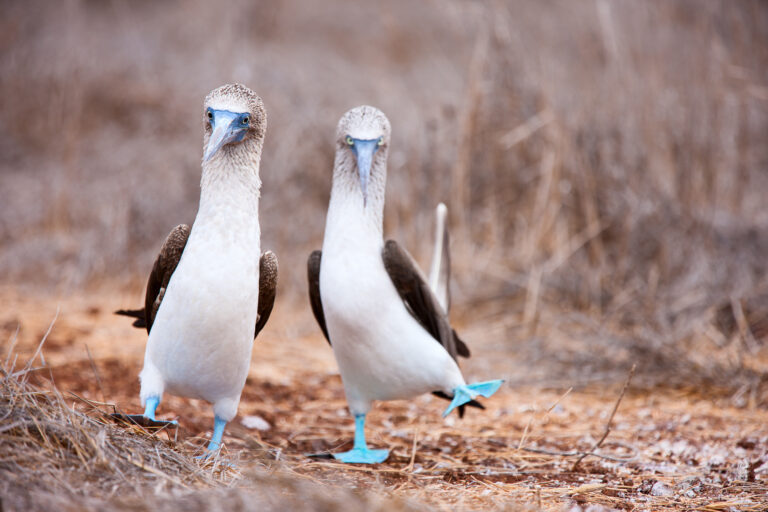
Opportunities to view creatures of all kinds on our tours abound, and Central and South America rank as two of the best places to see wildlife that you can’t find anywhere else in the world. Below, we’ve gathered fun facts about some of the animals you can expect to find on our tours to Costa Rica, Patagonia, and the Galapagos.
It’s called a “living Eden” for good reason – between the rainforests, grasslands, wetlands, dry forests, sandy coastlines, mountainous highlands, and coral reefs, Costa Rica nurtures many thriving ecosystems with diverse arrays of wildlife. On our Costa Rica’s Natural Heritage tour, we visit several biological reserves (including Ecocentro Danaus and Monteverde Cloud Forest), where we look for creatures such as:
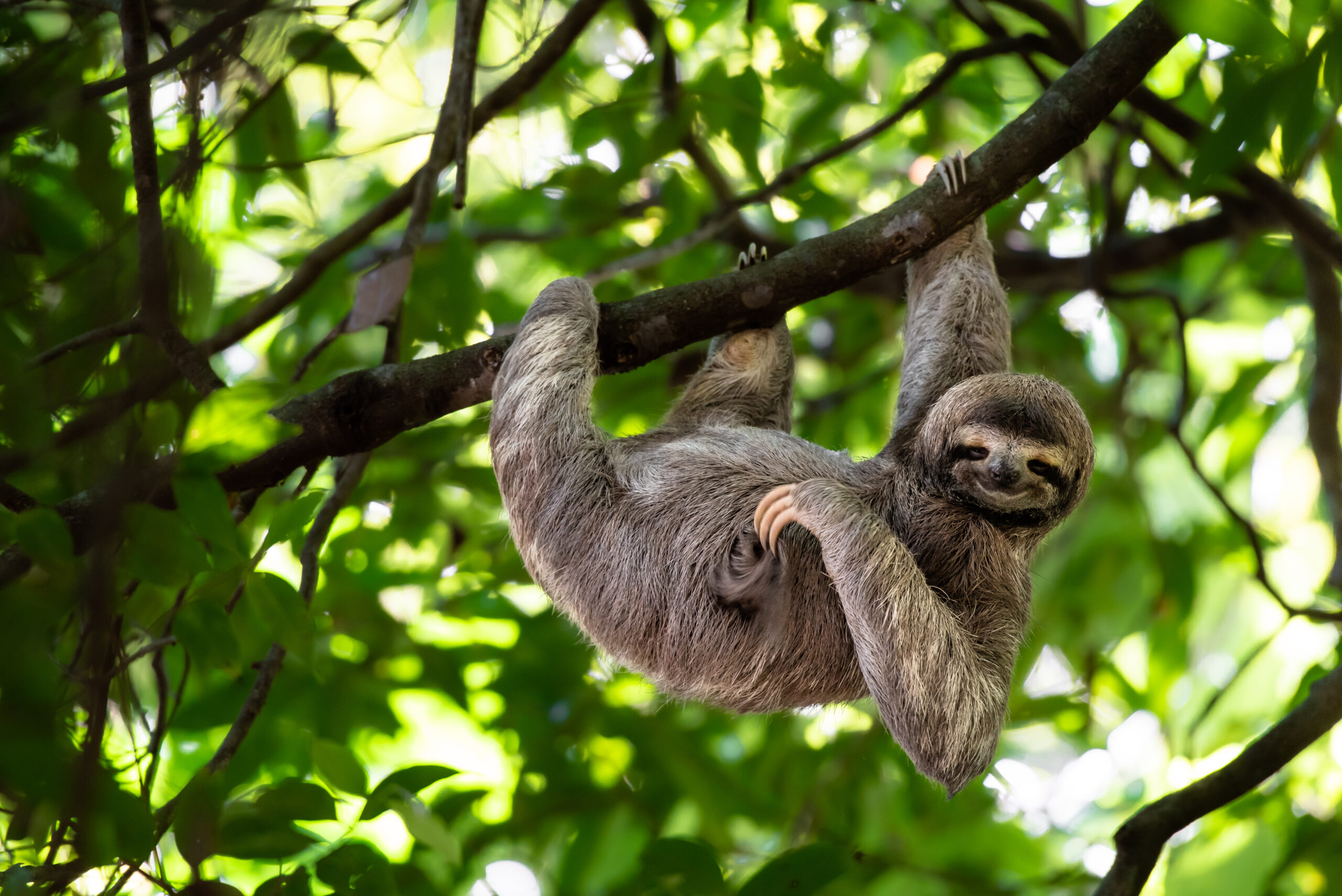
Costa Rica is home to two types of sloths: the herbivorous three-toed sloth and the omnivorous two-toed sloth. These slow-moving creatures spend some 15–20 hours a day sleeping, eating, or otherwise completely motionless, and only travel about 120 feet a day on average. Sloths are one of the many animals we look out for during our visit to Ecocentro Danaus biological reserve.
Over 100 native bat species exist in Costa Rica, ranging from the large “vampire bat” with a wingspan of up to three feet to the tiny long-nosed proboscis bat – a mammal so small it almost looks like a large insect, weighing less than two U.S. pennies on average. On tour, we see eight bat species during an outing to the Monteverde Bat Jungle.
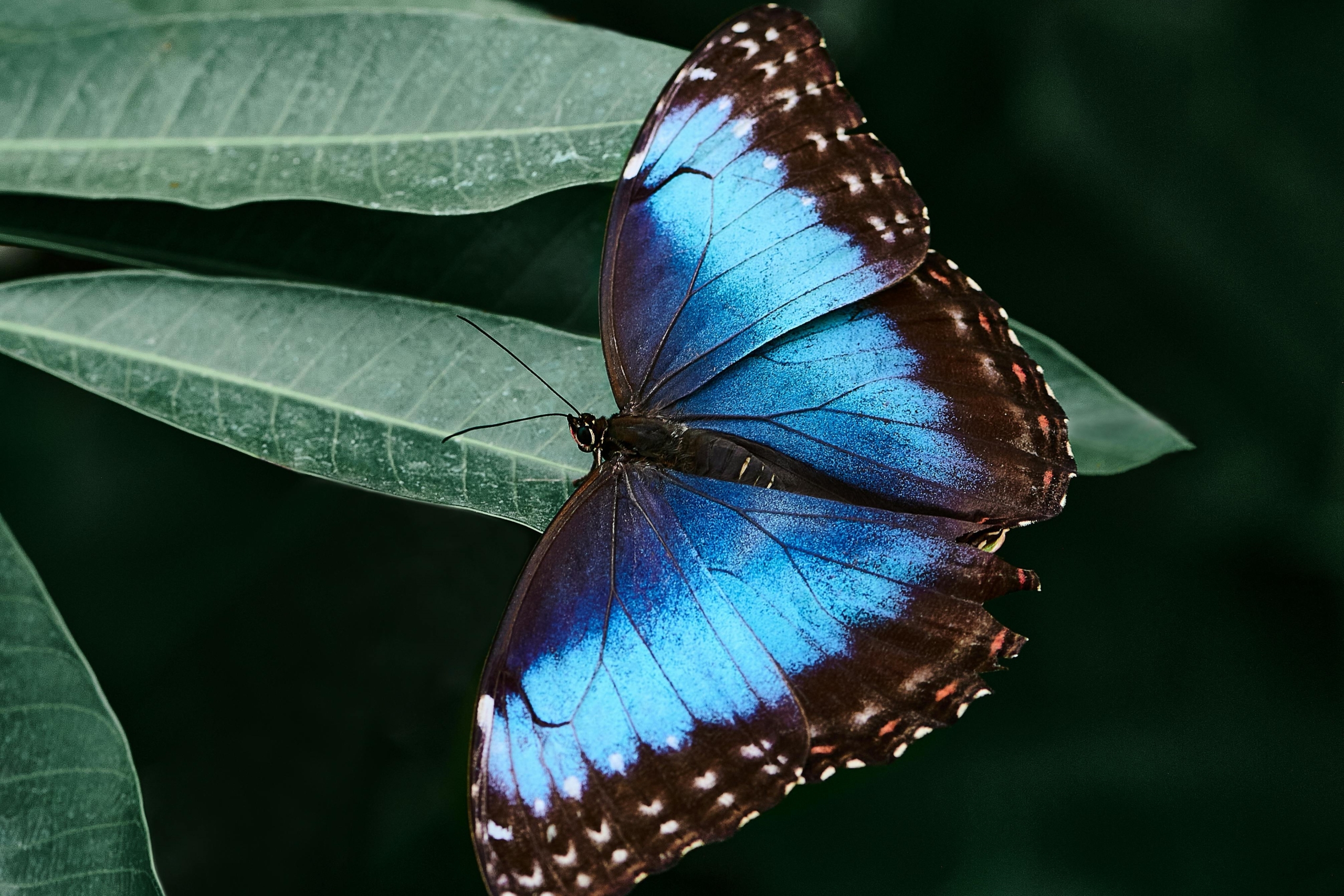
Butterflies play a significant role in Costa Rica’s ecosystem, as we learn during our tour of a butterfly farm in Monteverde, housing over 30 species. If we’re lucky, we might spot the lovely blue morpho, one of the largest butterflies in the world and perhaps the most recognizable butterfly in Costa Rica.
Perhaps best known as the location that inspired Charles Darwin’s theory of evolution and natural selection, the Galapagos Islands teem with unique wildlife – including approximately 1,900 endemic species only found on the islands. On our Machu Picchu to the Galapagos tour, we can expect to find animals such as:
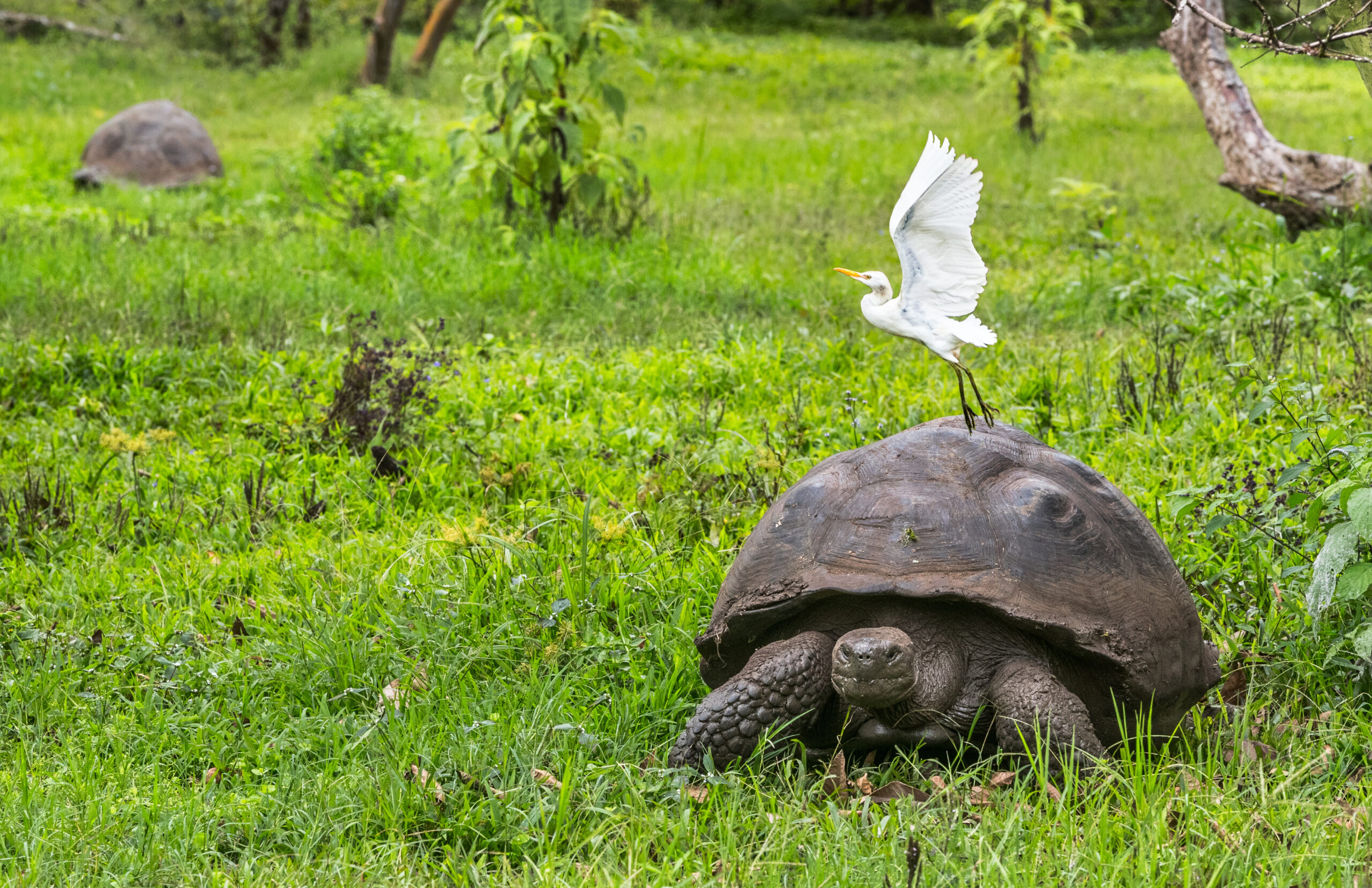
One of the most iconic Galapagos species is the giant tortoise that the region was named after (galápgos means “tortoise” in Spanish). Known as the largest living species of tortoise, they can weigh up to a staggering 1,000 lbs. and are found roaming most Galapagos islands. On tour, we see these impressive creatures up close at the Charles Darwin Research Station on the island of Santa Cruz.
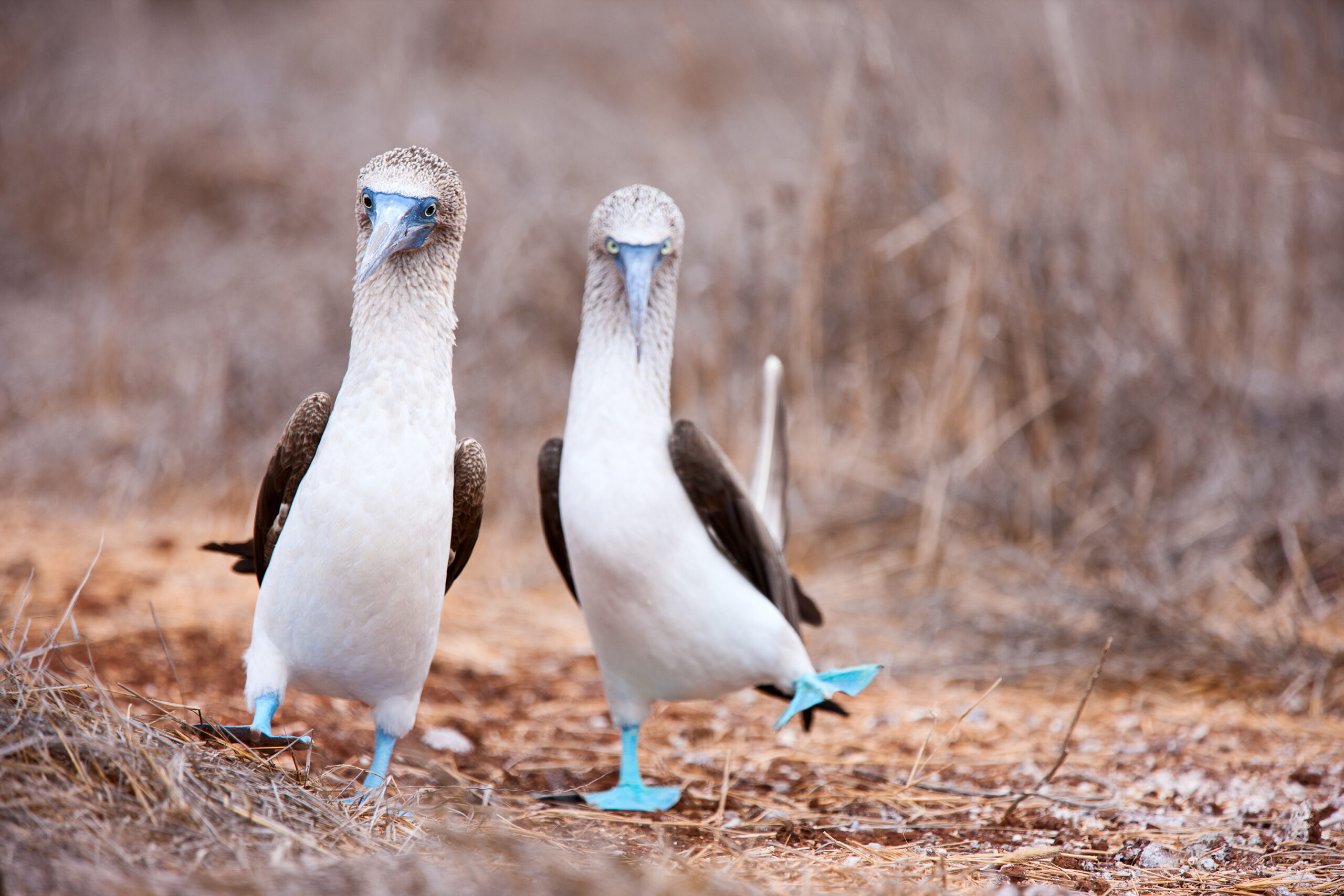
The Galapagos Islands are home to over half of the world’s population of these adorable birds. Though not endemic to the region, the blue-footed booby is one of the more popular Galapagos animals due to their highly recognizable, bright blue webbed feet.
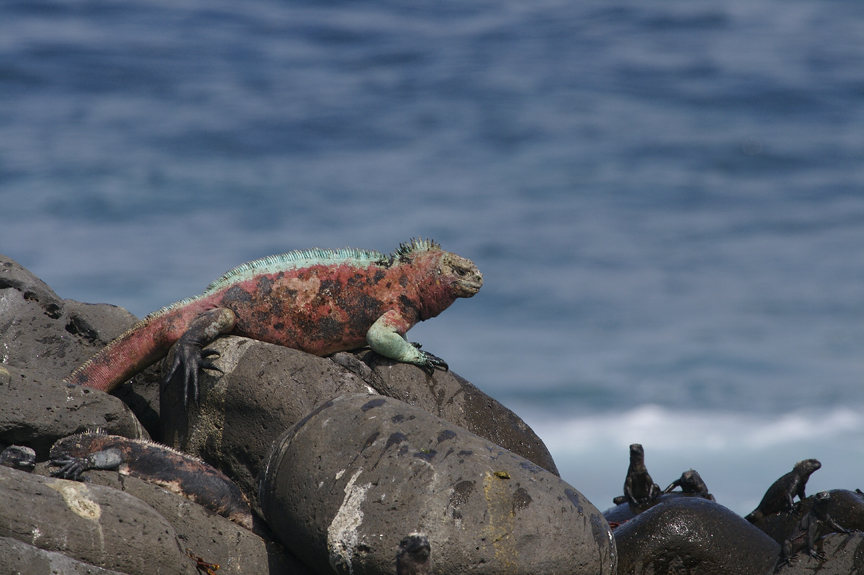
These iguanas, endemic to the Galapagos, are the only ones in the world capable of living at sea. Up to 300,000 marine iguanas live amongst the islands; they are usually spotted sunbathing on rocky beaches.
Spanning parts of Chile and Argentina, Patagonia encompasses the southern tip of South America, bordered by the Pacific Ocean on the west and the Atlantic Ocean to the east. Here, you’ll find some of the most stunning natural beauty on earth and many species of indigenous wildlife, such as:
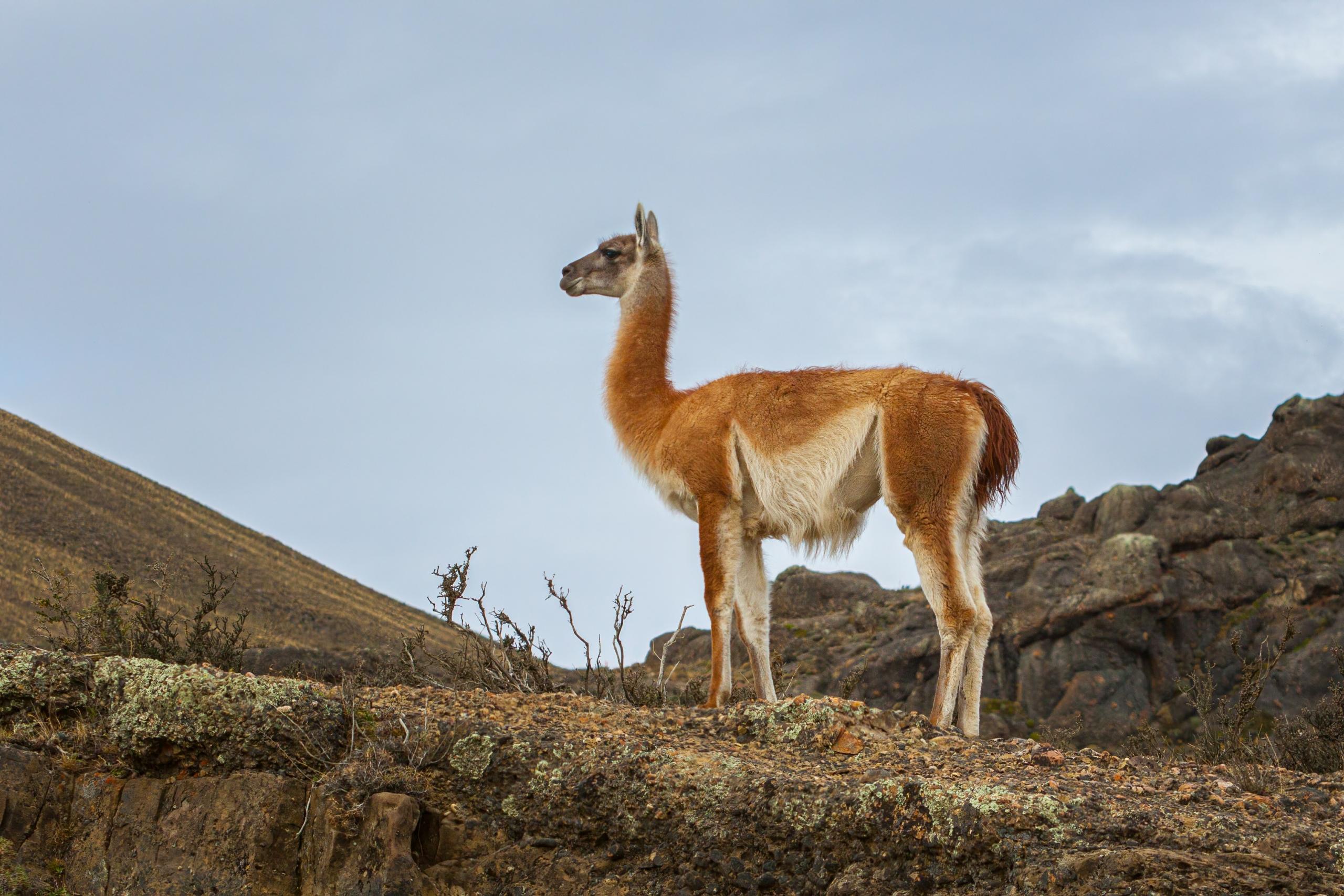
Native to the area, guanaco are camelids that can often be found grazing in the rocky fields of Torres del Paine National Park, which we spend time exploring on our Patagonian tours. Guanacos are considered the “wild” cousin of the llama; generations of domestication of these docile creatures resulted in the llama, an animal that can only be found in captivity.
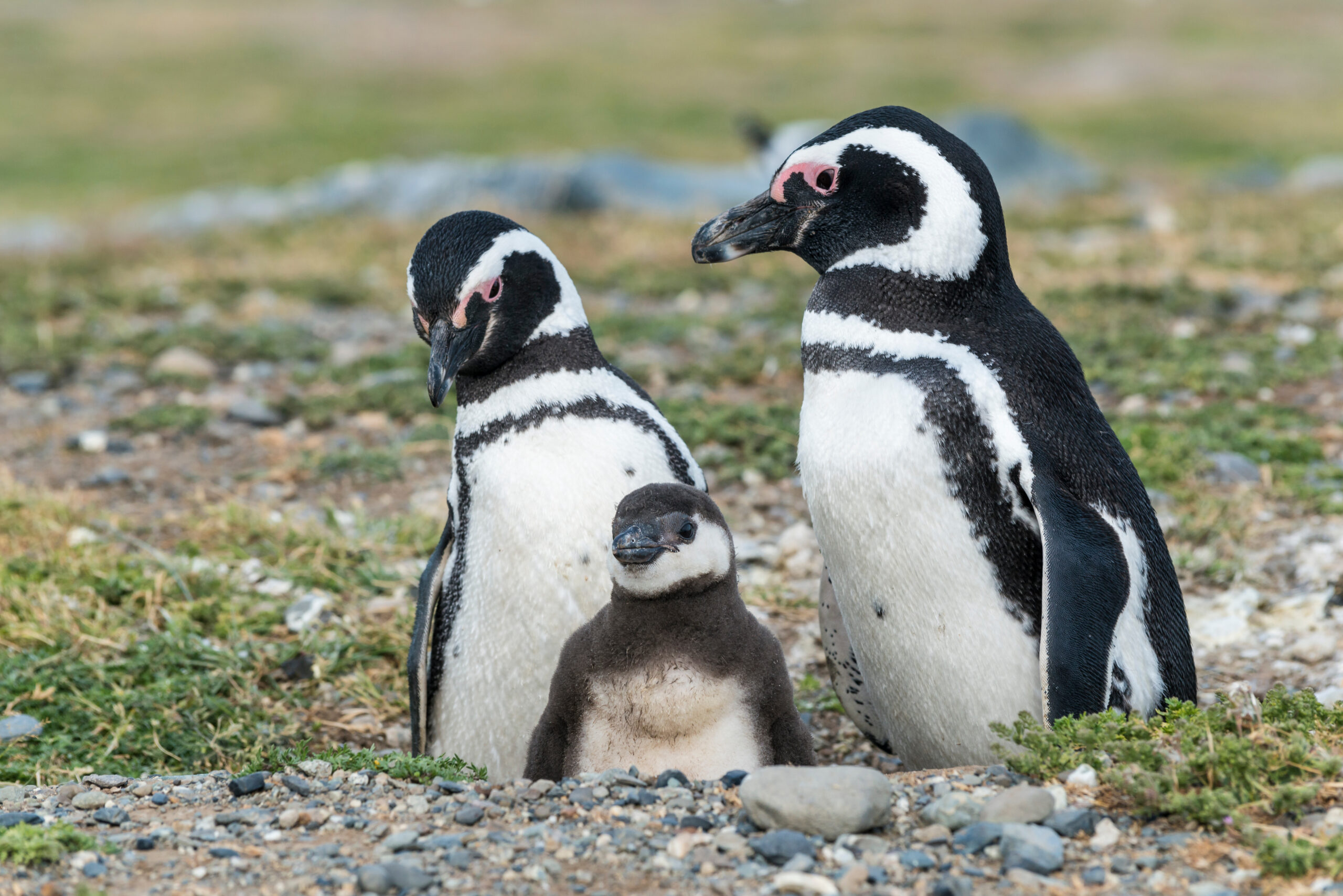
Magdalena Island in the Strait of Magellan is the home of an immense colony of more than 120,000 Magellanic penguins. Standing about two feet tall, these flightless birds number in the millions along the southern tip of South America. Like many other penguin species, Magellanic penguins are monogamous, returning to the same mate each year during breeding season. Weather permitting, we visit Magdalena Island to view these charming creatures while on both of our Patagonia tours.
These flightless birds are often compared to Africa’s ostriches and Australia’s emus. Indeed, they share some similarities, but are considered only distantly related. Several types of rheas exist in Patagonia, from the large “greater rhea” to the smaller “lesser rhea.” During his voyages to South America, Charles Darwin spent much time fruitlessly searching for a certain subspecies of rhea, only for a fellow journeyman to unknowingly hunt one and serve it to Darwin for dinner.
For a chance to see these – and so many more – unique animals, click on the tour links to see more details and to submit a reservation request. We’d be delighted to welcome you on one of our small group tours to Central and South America.
By using this website you are agreeing to our Cookie Policy.